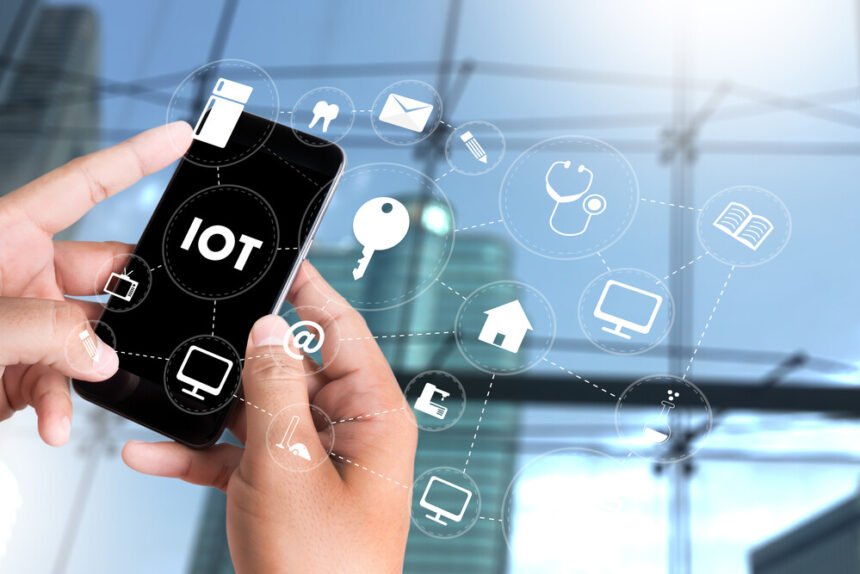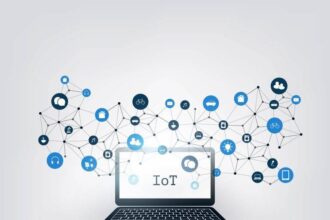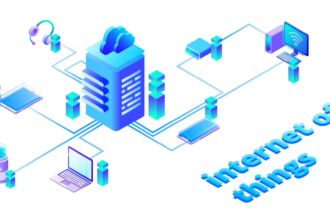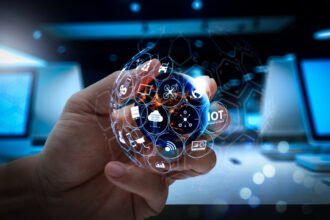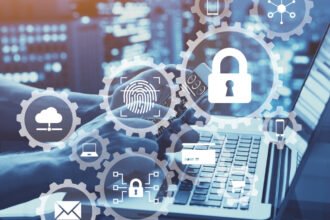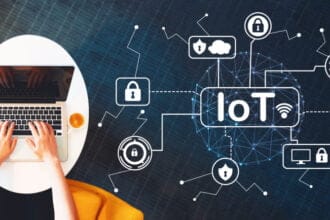Mobile application development is impacted by the emergence of the Internet of Things. Application developers have to keep up with the current technology trends to stay ahead of the competition.
When it comes to developing mobile application solutions, a developer should adopt to the latest technologies, tools and trends for intuitive app development across different industry verticals and platforms. Technology continues to amaze people at is evolves in lightning speed. Today is a world of the internet of things concept, of IoT solutions that has changed how people interact with others and with the different technologies.
The Influence of IoT on Mobile App Development
These days, the world is dominated by mobile applications, thus mobile app development services is in great demand. When it comes to cross-platform mobile development, choosing a React Native development company is one of the best steps you can take. A mobile application development software and mobile applications function more of a bridge for forward-thinking companies that attempt to build smart devices that could boost every aspect of people’s lives. Mobile applications can be said to have built the foundation for the growth of the internet of things.
The development of a mobile apps is not just a viable option for businesses to stay ahead with the fast competition. It also provides convenience to people from all walks of life, wherever their location may be. The internet of things has already altered the face of mobile apps development. In another ten years, expect thousands of jobs in this vertical. Nonetheless, to achieve the ultimate goal of making lives easier, application developers must first go through the pains of building infrastructure and platforms from the ground up.
Developing a mobile app is similar to developing a web application and has its roots in development that is more traditional. Nevertheless, there is one important difference and that mobile applications are often specifically written to benefit from the unique features that a mobile device could give. As the internet of things continue to evolve at sky-rocketing speed, the smart homes concept, smart cities, connected cars and machines will flourish. In this scenario, mobile devices that include wearables, tablets and smart phones of course function as the key interface via which people could interact with IoT-enabled devices.
Mobile devices already are empowered with apps and sensors that could reveal a great deal of information about the users. Besides the geo-location information, tablets and smart phones can trace even light condition, device orientation and a whole lot more of information. Mobile devices come with various connectivity options, including Wi-Fi, Bluetooth, and NFC and cellular that allow them to communicate to other devices and sensors. It is the default qualities of mobile devices that put them at the core of the IoT ecosystem. Built-in sensors and mobile connectivity reinforces the internet of things ecosystem, which make a new world of opportunities and development in the different sectors of the society, such as healthcare, education, travel, retail and more.
Four Basic Components Comprising the Functionality of IoT
- Hardware. Nowadays, most devices and machines could emit and detect frequency signals around then and even try to make a connection. They do this with motion, temperature and pressure sensors embedded in them. The device converts physical parameters to signals that could be electrically measured.
- The Cloud. This is the internet that people came to know and come to love. The cloud infrastructure is virtually limitless and could store billions of databases. The transmitted signals are processes with the infinite database, which could be used to do intelligent actions, so deeming these items as ‘smart’.
- The Gateway. As the name implies, it serves as a kind of path, which bridges the gap between hardware and interconnected internet based or web based on the signals. They gather data from signals emitted by the devices and transmit to internet infrastructure.
- Mobile apps/software. This pertains to the consumer of the end user. The software enables communicating with machinery as they could primarily communicate on binary codes. The intuitive applications enable monitoring and controlling the devices. These applications could receive and push the relevant information, enabling the user to send commands to their smart devices.
Empowering New Innovative Businesses
The great success of companies and business organizations these days is the integration of IoT and mobile apps. As more and more people acquire digital devices and connect into the internet of things, demand for things like security and privacy have also grown rapidly. Creating a massive mobile network for generating demand for mobile applications is only part of how the internet of thing enabled bigger mobile development. Nonetheless, the entrepreneur-friendly internet of things thrives and survives because of the innovations of startups that happen within and because of it. The greatest impact perhaps has been from some organizations that understand how to harness the IoT power to better push their mobile applications.
Mobile application developers have stepped in to make sure that identity of customers are protected and data encrypted, which means that IoT is not freely available, but also secure enough to be used and trusted by the masses


